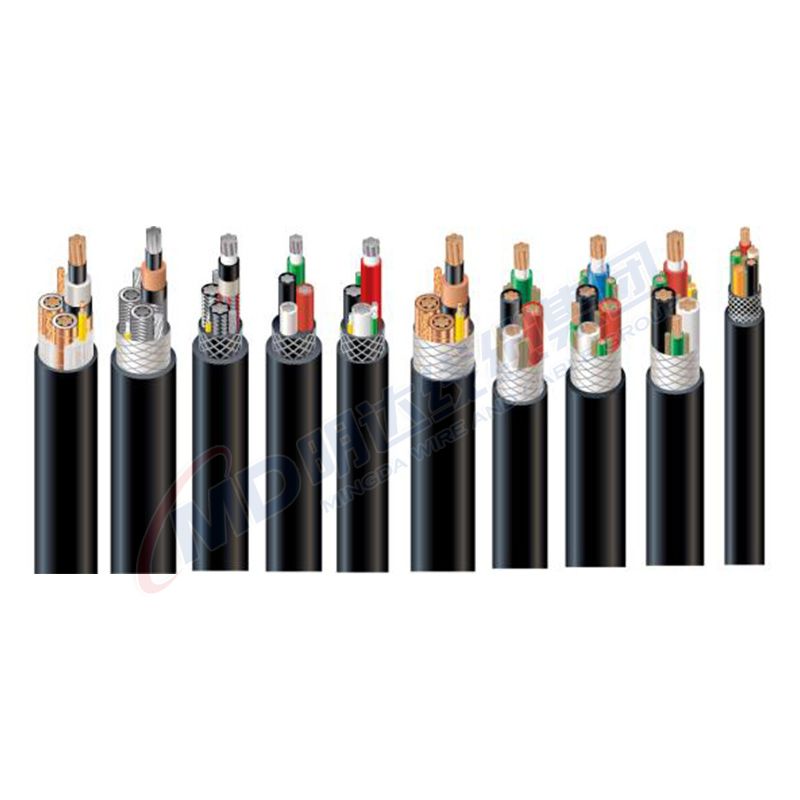10 月 . 18, 2024 09:39 Back to list
6 Inch Swing Check Valve Specifications and Applications Guide
Understanding the 6-Inch Swing Check Valve An Overview
In the realm of fluid mechanics and pipeline systems, one of the essential components that ensure the smooth flow and operational efficiency is the check valve. Among various types available, the 6-inch swing check valve is a prominent choice, renowned for its reliable performance in preventing backflow in a system. This article aims to delve into the functionalities, advantages, applications, and maintenance of the 6-inch swing check valve, providing a comprehensive overview for engineers, technicians, and enthusiasts alike.
What is a Swing Check Valve?
A swing check valve is a type of check valve where the disc swings on a hinge or pivot, enabling fluid flow in one direction while preventing reverse flow. Unlike the more common disc or ball-type check valves, swing check valves utilize a simple mechanical design that allows them to close quickly when there is a decrease in fluid velocity or pressure, minimizing potential backflow.
Features and Specifications
The 6-inch swing check valve typically has a diameter of 6 inches, making it suitable for moderate to large pipe systems. They can be crafted from various materials, including bronze, ductile iron, and stainless steel, each chosen based on the application requirements such as temperature, pressure, and the type of fluid being transported.
Key features often include
- Spring Loaded or Non-Spring Designs Depending on the application, some swing check valves come equipped with a spring mechanism to aid in faster closure and reduced slamming, which can prevent damage to the valve and the plumbing system. - Flanged or Threaded Connections These valves can be installed with either flanged or threaded connections, offering flexibility in installation based on the existing piping configuration. - Full Port Design Many 6-inch swing check valves feature a full port design, ensuring minimal pressure drop and higher flow capacity, which is critical in high-volume applications.
Advantages of Using a 6-Inch Swing Check Valve
1. Efficient Backflow Prevention Its design allows for quick closure, effectively stopping any backflow and ensuring that fluids remain in their designated pipelines. 2. Durability Made with robust materials, swing check valves are often designed to withstand harsh conditions, enhancing their lifespan and reliability over time.
swing check valve 6 inch

3. Low Maintenance Requirements Swing check valves require less maintenance compared to more complex valve types, making them a cost-effective choice for long-term operations.
4. Versatility These valves can be used in various applications, including water treatment plants, sewage systems, and chemical processing, making them versatile components of many industrial systems.
Applications
6-inch swing check valves can be found across different industries. In water supply systems, they prevent backflow to ensure clean water delivery. In wastewater treatment plants, they maintain the flow direction in sewer systems. In industrial processes, they are crucial in preventing backflow that could contaminate products or disrupt production.
Maintenance Tips
To ensure optimal performance, regular maintenance of swing check valves is essential
- Routine Inspection Periodically check for leaks, corrosion, and any signs of wear that may indicate the need for repair or replacement. - Cleaning Keep the valve free from debris and deposits that could hinder its operation. This is particularly important in applications involving sediment-laden fluids.
- Test Operation Whenever possible, test the valve to ensure it opens and closes smoothly. Any sticking or unusual noise during operation should be investigated immediately.
Conclusion
The 6-inch swing check valve is an indispensable component in fluid systems, offering reliable performance and durability. Its simple yet effective design makes it a popular choice for various industries. Understanding its features, advantages, and proper maintenance can lead to enhanced operational efficiency, safety, and longevity of pipeline systems. Whether you are in the design phase of a new installation or maintaining existing infrastructure, the swing check valve remains a crucial element to consider in fluid management.
Share
-
Understanding the Differences Between Wafer Type Butterfly Valve and Lugged Butterfly ValveNewsOct.25,2024
-
The Efficiency of Wafer Type Butterfly Valve and Lugged Butterfly ValveNewsOct.25,2024
-
The Ultimate Guide to Industrial Swing Check Valve: Performance, Installation, and MaintenanceNewsOct.25,2024
-
Superior Performance with Industrial Swing Check Valve: The Essential Valve for Any SystemNewsOct.25,2024
-
Industrial Swing Check Valve: The Ideal Solution for Flow ControlNewsOct.25,2024
-
You Need to Know About Industrial Swing Check Valve: Functionality, Scope, and PerformanceNewsOct.25,2024